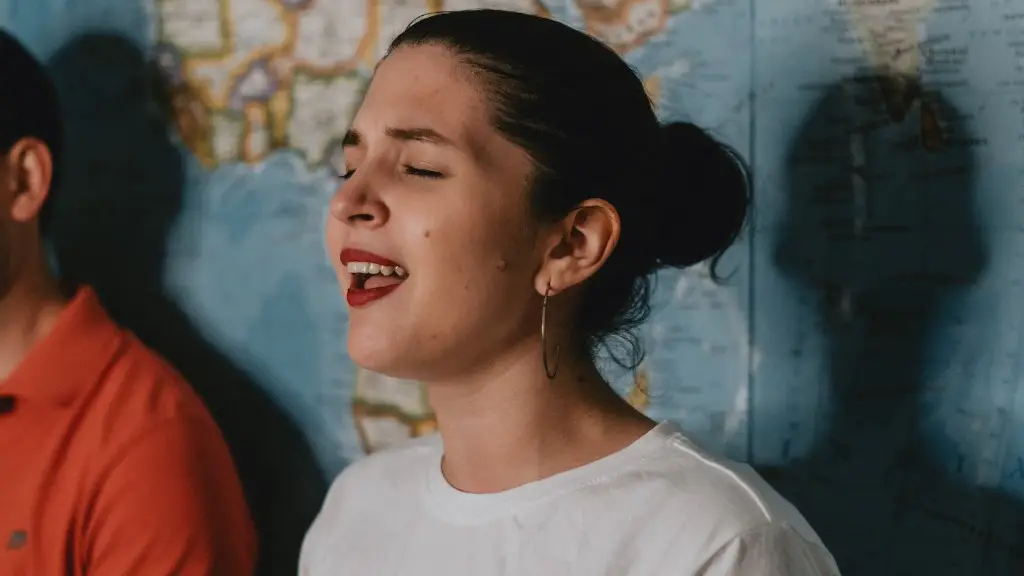How to Draw a Pony
Drawing a pony is simple and requires minimal supplies. Follow these steps to draw a stunning one-of-a-kind portrait of an amazing animal.
Gather Supplies
Begin by gathering the necessary supplies for drawing a pony. You’ll need a pencil, drawing paper, and an eraser. For beginners, an HB pencil with light graphite is ideal, as it makes it easier to erase without leaving smudges. Choose a thick paper—ideally, it should be 90 pounds or higher.
Choose a Pose
Next, decide what pose your pony will have. You can draw it standing or galloping, or curled up and napping. You can even draw a frisky, playful pose! Take the time to find a pose that you love. Look at a catalog of photographs to help you choose an inspiring pose.
Draw the Shock Lines
Now it’s time to start drawing! Start by sketching light lines to lay out the features of your pony. These lines are called shock lines. They help you identify the main areas, such as the head, neck, body, and legs. Once you have the shock lines, you can use them to reshape and correct the overall size and shape of your pony.
Add Details
Once you have the basic shape of your pony, it’s time to add details and softness. Add details like shading and highlights to make your pony appear more realistic and lifelike. Add individual hairs to create a flowing mane, a muscular body, and a full tail. Be sure to also add a bit of personality. Draw a mischievous grin or sleepy eyes.
Fill in the Background
Finally, fill in the background of your drawing. This will bring your pony to life and make your drawing stand out. Choose a background that suits your pony—a rolling meadow, a starry night, or a coastal beach. Or better yet, create a unique fantastical landscape just for your pony!
Practice, Practice, Practice
Drawing ponies may take a bit of time, but with practice you’ll be able to create beautiful pony portraits. Start by drawing easy poses, like a standing pony or a headshot. As you progress, try adding more and more details, such as a full-length portrait with a full, flowing mane and tail.
Create Unique Ponies
Now that you understand the basics, get creative and make your own unique pony! Draw a rainbow-colored mane and tail, or add wings or a horn. You can custom-design your pony to be a glittery unicorn, a vibrant pegasus, or a mythical creature of your own creation!
More than a Portrait
Drawing pony portraits can be so much more than art. Put yourself in the petite hooves of your pony and imagine what it would be like to explore the world. Feel the sun on your face and the wind in your mane. Daydream about the adventures you would take together.
Celebrate Your Pony
Once you’ve completed your pony portrait, be sure to share it with other pony lovers. Post your masterpiece online or hang it in the hallway. Let your drawing spark conversations and inspire imaginations.
Make Drawing Your Pony Fun
As you become more comfortable with drawing ponies, you can make your own creative decisions. You can emphasize texture, create layers of details, or draw a comic-style pony. Make your drawing as playful or as serious as you like!
Drawing ponies is an art that encourages you to find your own voice and share your masterpiece with others. Post your pony portrait on social media and encourage others to share their work as well.
Be Positive and Believe in Yourself
Drawing ponies is not about perfection—it’s about experimenting, learning, and pushing your boundaries. As you hone your skills, be gentle and patient with yourself. Trust in your own creativity and talent. With practice and dedication, you’ll soon be creating one-of-a-kind works of art.

